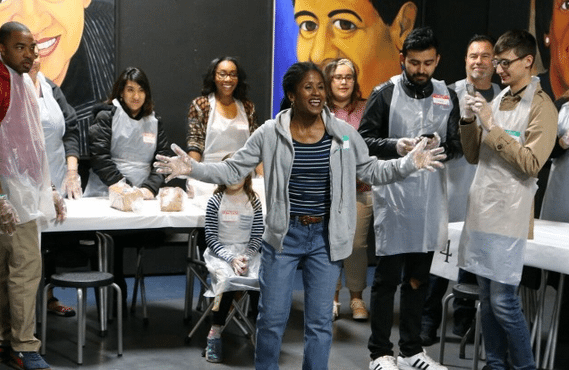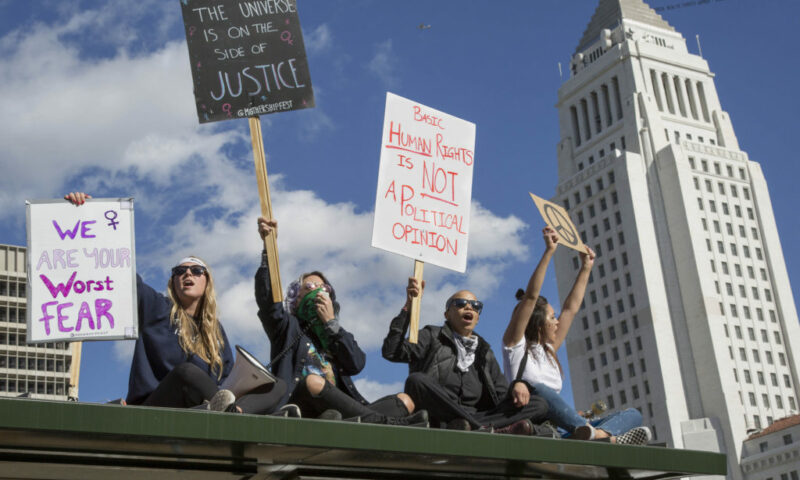

Co-published by Newsweek
In her home state of Michigan, Amway heiress Betsy DeVos, Donald Trump’s pick for education secretary, has been a fierce proponent of taxpayer-funded vouchers for private schools, arguing that “choice” would fix the state’s ailing public education system.


Co-published by International Business Times
With Senate confirmation of Donald Trump’s education secretary nominee Betsy DeVos now hanging by the thread of a likely tie-breaking vote from Vice President Mike Pence, one thing is apparent: DeVos’ views on public education are well outside the mainstream of either party.


Co-published by Newsweek
One day after President Trump signed an executive order temporarily canceling the travel visas of citizens from seven Muslim-majority countries, and of refugees all over the world, two U.S. Congresswomen paid a visit to the Tom Bradley International Terminal at LAX.


The Merriam-Webster dictionary defines fellowship in various ways: as companionship, as a community of interest or experience, as a company of equals or friends, among others. These definitions serve as prologue to Julie Marie Myatt’s immersive stage play, fellowship


“This week we’re reading about the beginning of the 10 plagues against Pharaoh,” says Rabbi Neil Comess-Daniels, standing on the crowded sidewalk outside LAX’s Tom Bradley International Terminal.


The author Sam Keen once told me that James Donaldson was the only person he ever knew who became a social worker because he needed the money. But when Donaldson shaped this city – and changed my life – social work was still in his distant future.


Published by the Press Telegram
Hundreds of people were evacuated from a Jewish community center in Long Beach after someone phoned in a bomb threat Tuesday morning — one of several threats reported across the country on the same day.


How people traveled to the Women’s March in downtown Los Angeles was itself extraordinary and could make January 21 the date that transit re-established its role as central to the L.A. experience.


Video of protests against the Trump administration’s travel ban.


Anti-immigration decrees marked the first week of a shock-and-awe rollout of Trump initiatives to build a 1,900-mile wall along the border with Mexico, to cut off federal funds to “sanctuary cities” and to ban refugees from seven Muslim-majority countries.